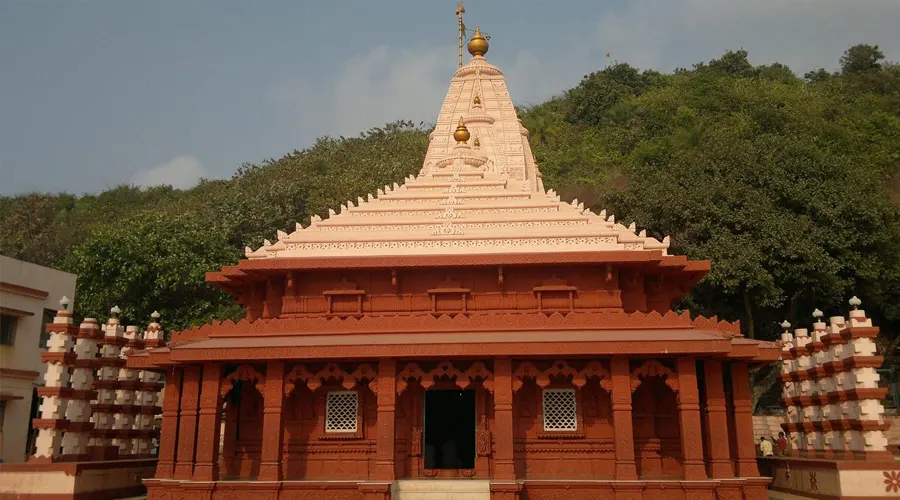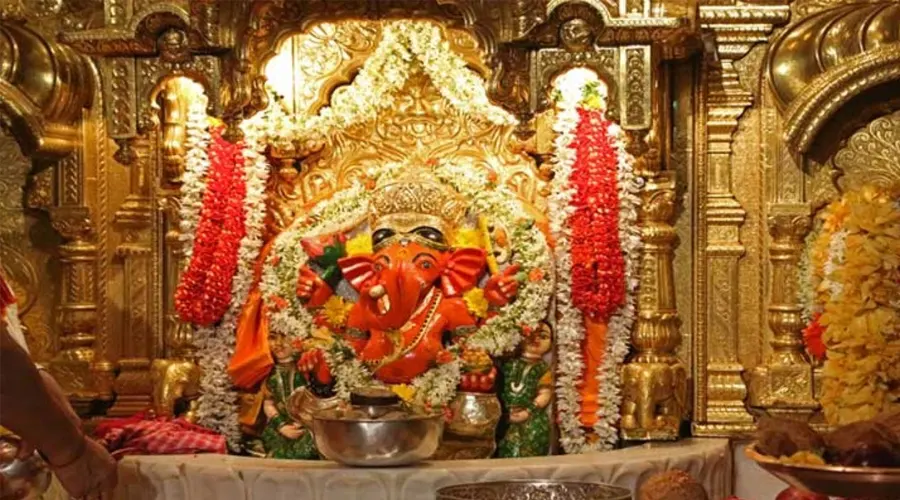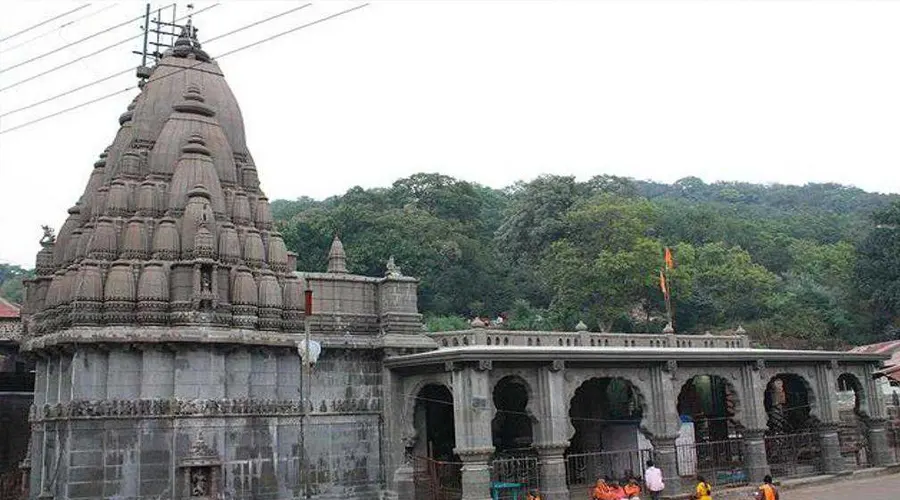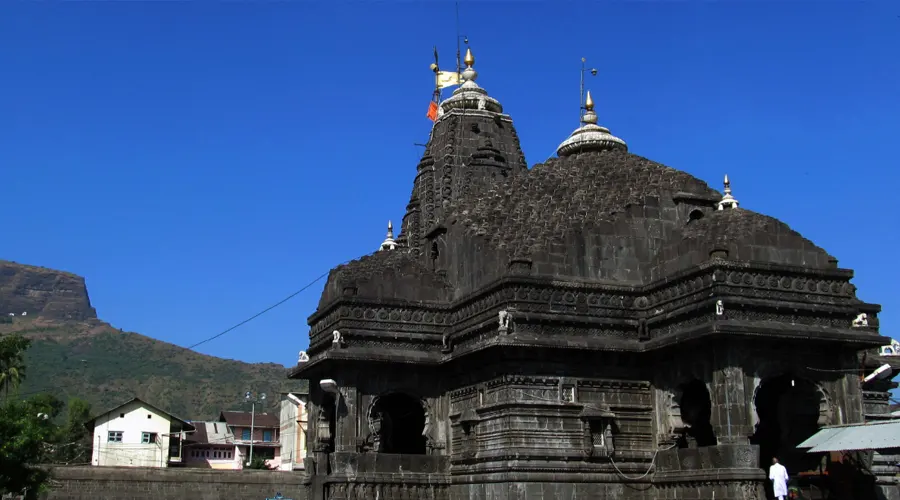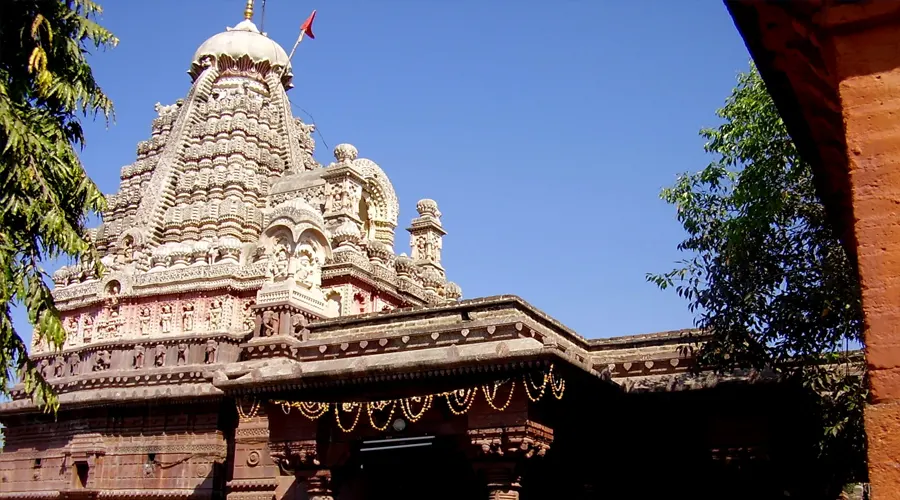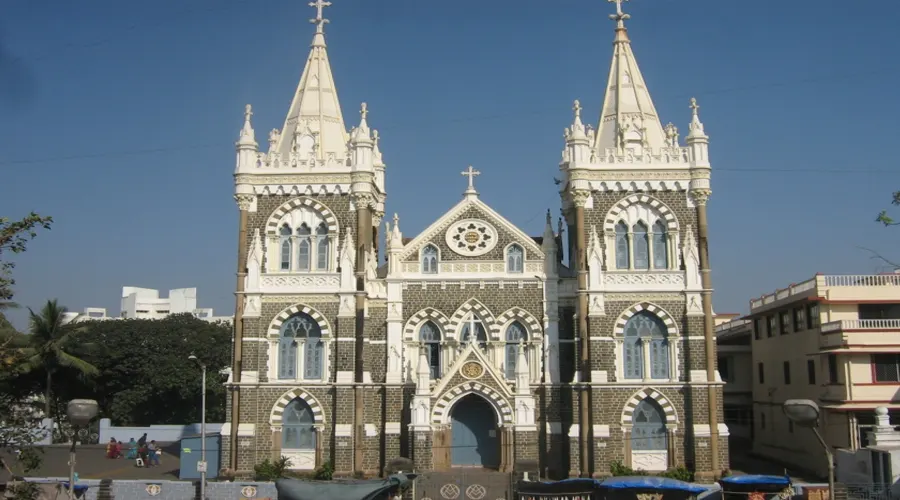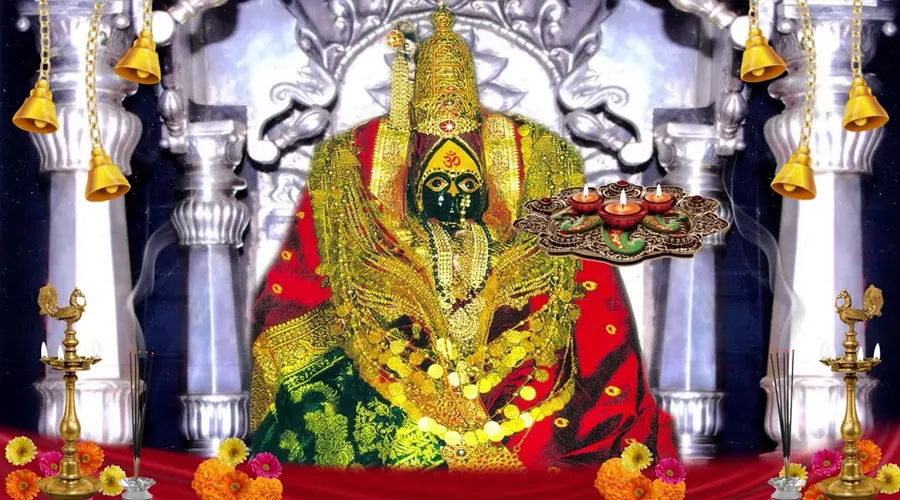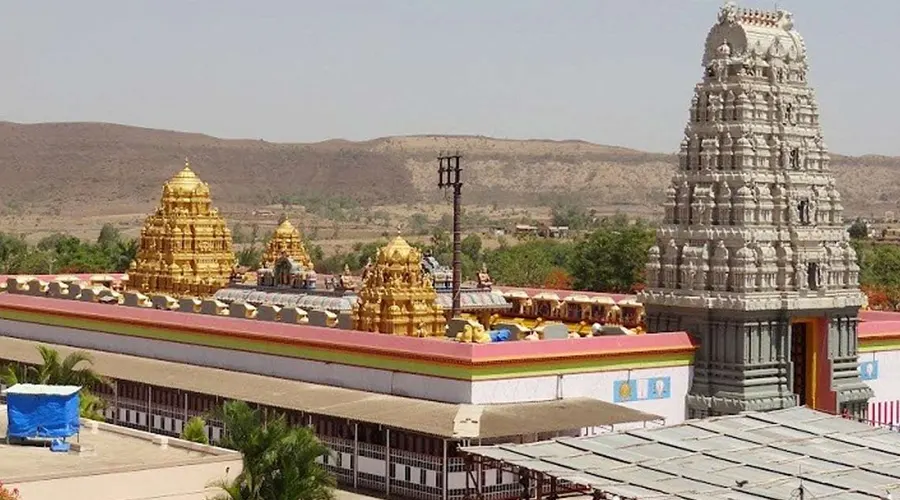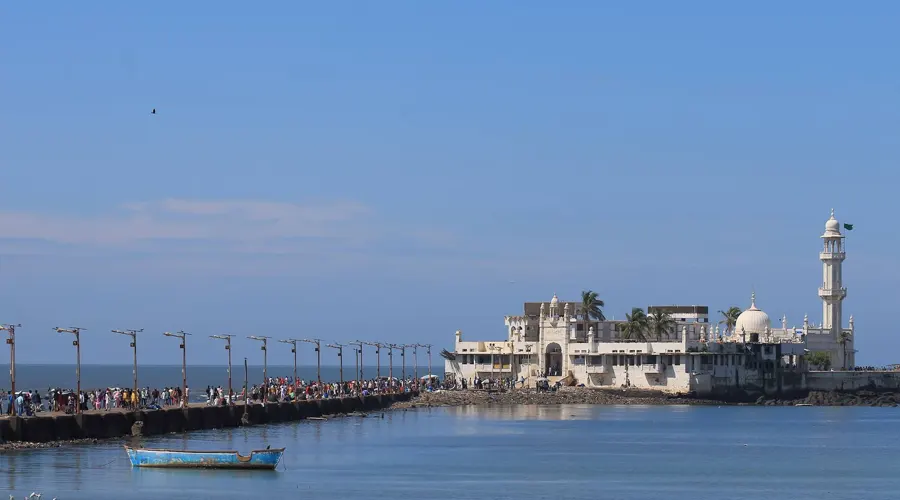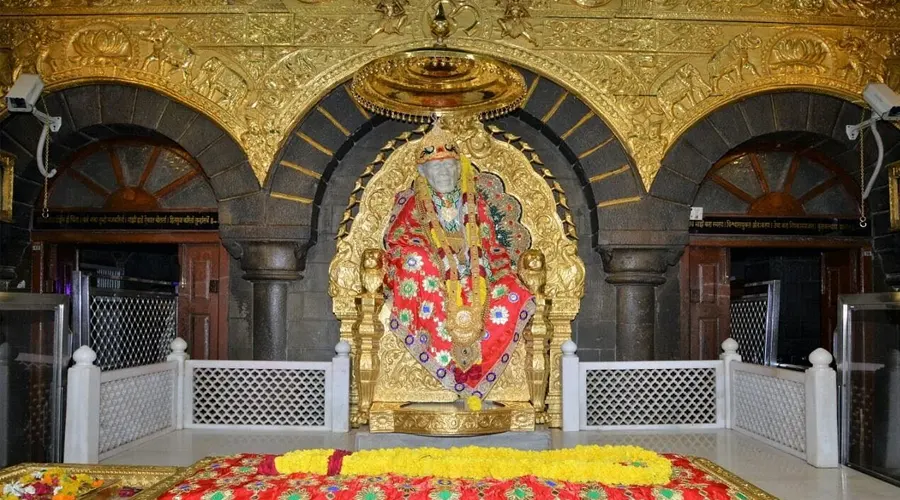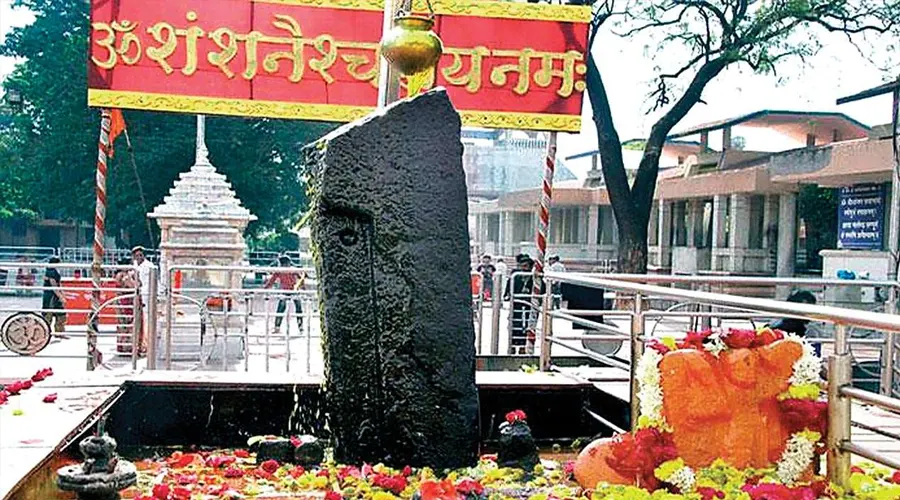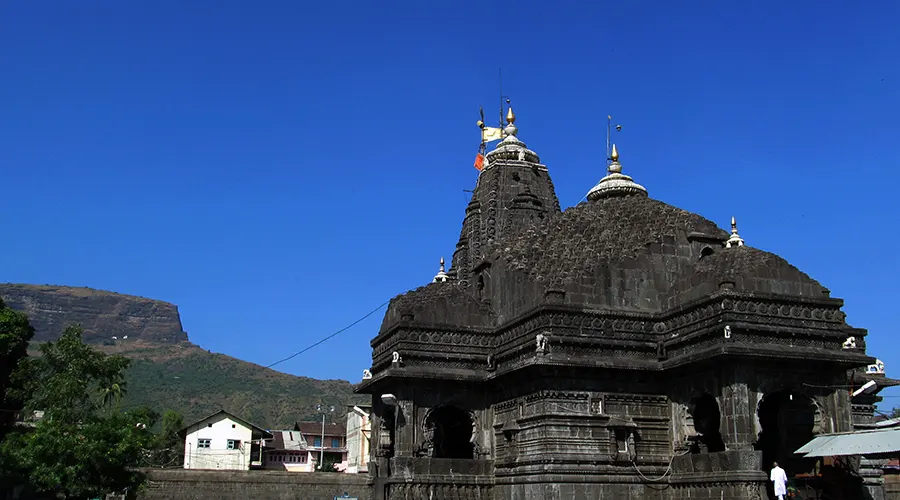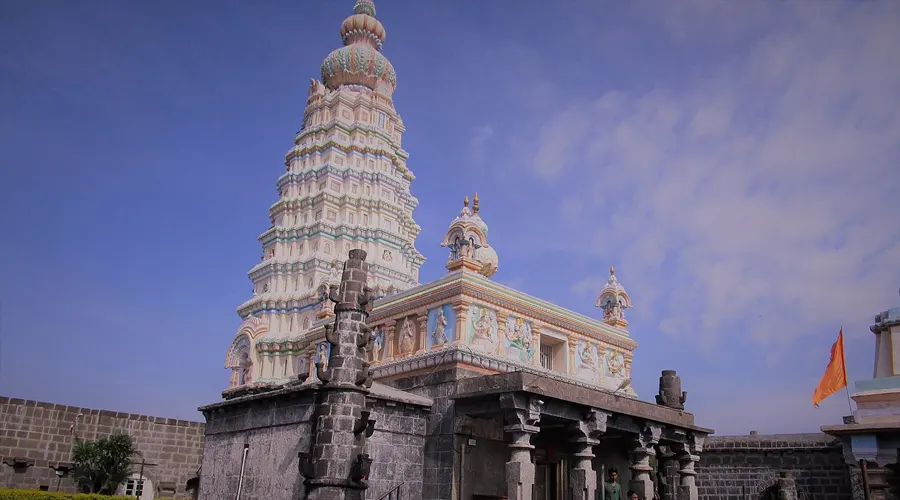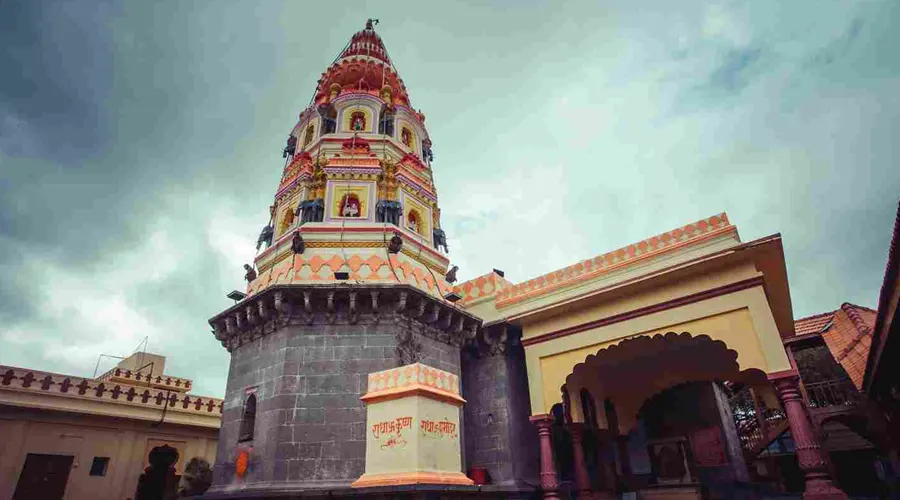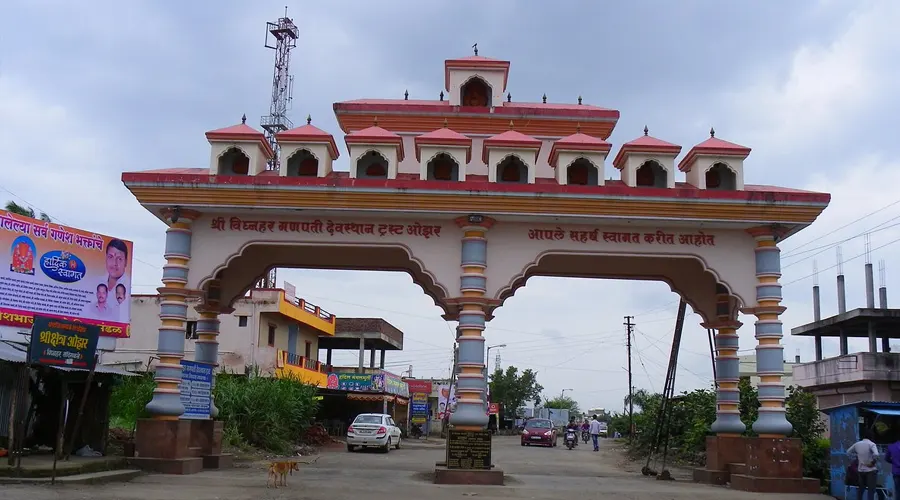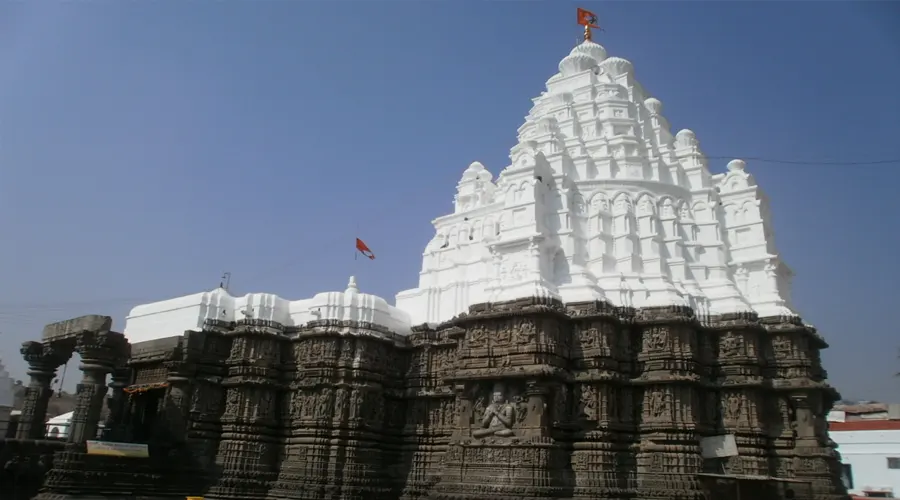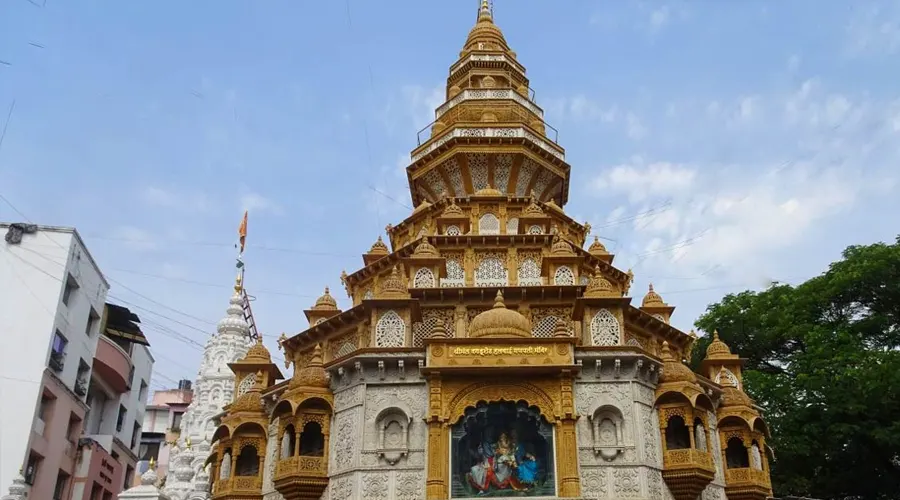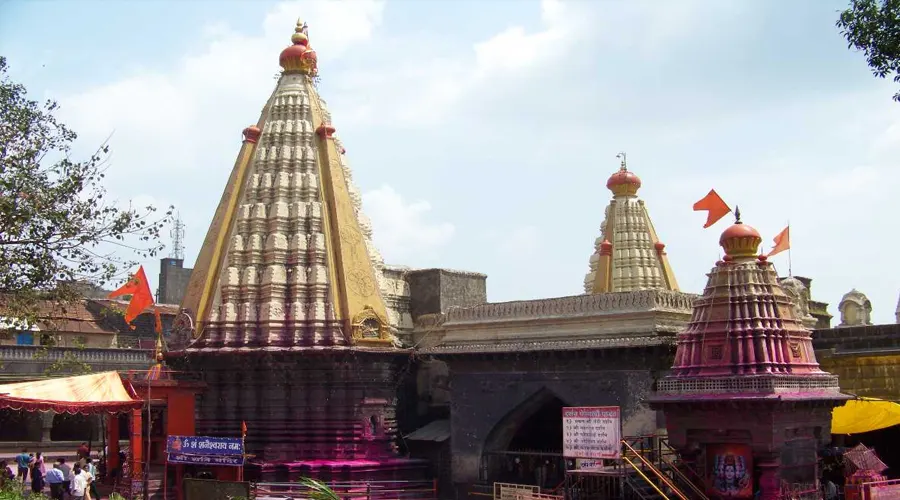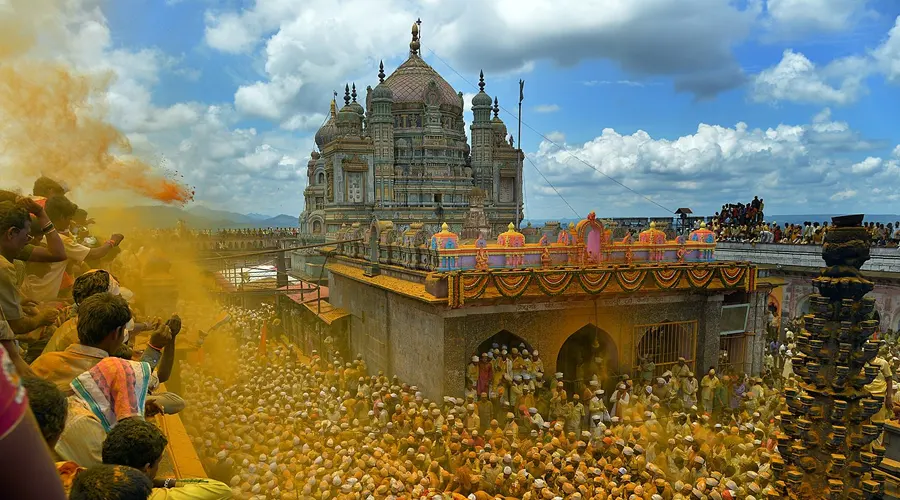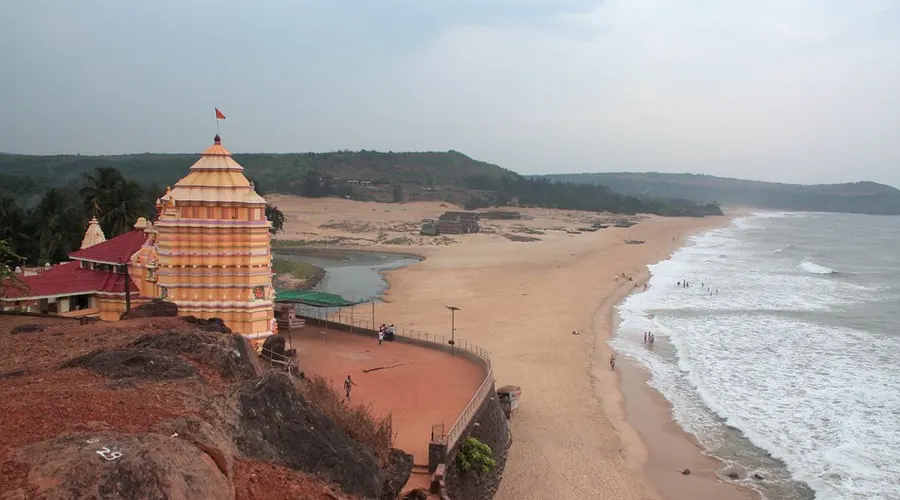Ganpatipule Temple
Ganpatipule Temple is one of its kind and holds an important place in the Hindu culture as it is one of the ‘Astha-Ganapati's’ (eight Ganpati's).
Another unique characteristic of this temple is that the abode of Ganesha is ‘Swayambhoo’ (Self-incarnated). This very concept of being self-embodied is suitable only for the ‘Aadhya-Devatas’ (Initial deities). All these ‘Swayambhoo’ deities are parts of this eternal nature. Hence, they do not need any further carving or sculpturing. They are natural in themselves.
Unlike the deities in other Indian temples who face the east, the ‘Swayambhoo Ganpati’ faces the west direction, also making him known as the “Paschim-Dwar-Devata” or the “Paschim-Dwarpalak” i.e. Western Sentinel God. It is believed that he faces the west to protect the Western Ghats of India.
The mesmerizing glimpse of the fountain spurring from the naval of Lord Ganesha on a typical monsoon day fills every devotee witnessing it with utmost divinity and purity.
History
Various myths are prevalent about the temples and deities. Some 500 years back, during the reigns of Moguls, there used to be a ‘Kevada’ (flower tree) forest at the foot of the hill where presently the “Swayambhoo” Ganpati is situated. Here lived a Brahmin named Balbhatji Bhide.
Once he came across a major personal calamity, but being a determined person he decided to give up food and water till he is relieved from his problem. Hence, he stayed in the Nevada forest for penance and worshiped his tutelary deity “Mangalmurti” Lord Ganesha.
During this period, Bhide had a vision in his dream in which Lord Ganesha told him that he has come to Aagargule (Ganesh Gule) in his “Nirakar” (void) form to relieve all my devotees of their difficulties. Hence, you worship and propitiate here.
During the same period, one of the cows of Bhide was not giving milk, for which reason, the cowherd kept a close watch on her. He was astonished to see that the milk was flowing from the cow’s udder in the place where the idol of God is placed at present.
The cowherd narrated the incident to Bhide, on cleaning up the entire area Bhide found the idol of Ganesh which he had seen in his vision. Therefore, he built a shrine on a grass top there and started performing his first rituals.
Architecture
One can figure out the significance of Ganapatipule Temple from the fact that name of the town came out from its name. One of the 'Ashta Ganapatis' (eight Ganpatis) of India, Ganapatipule temple is sacred to Lord Ganpati. The temple is approximately 4000 years old and remains thronged with tourists throughout the year. In the sanctum of the ancient Ganapatipule Temple, a Ganesh idol carved out of a massive rock, ‘swayambhu’ (self-originated), is beautifully adorned. What makes this temple extra special is its sanctum remains illuminated by the golden rays of the sun.

